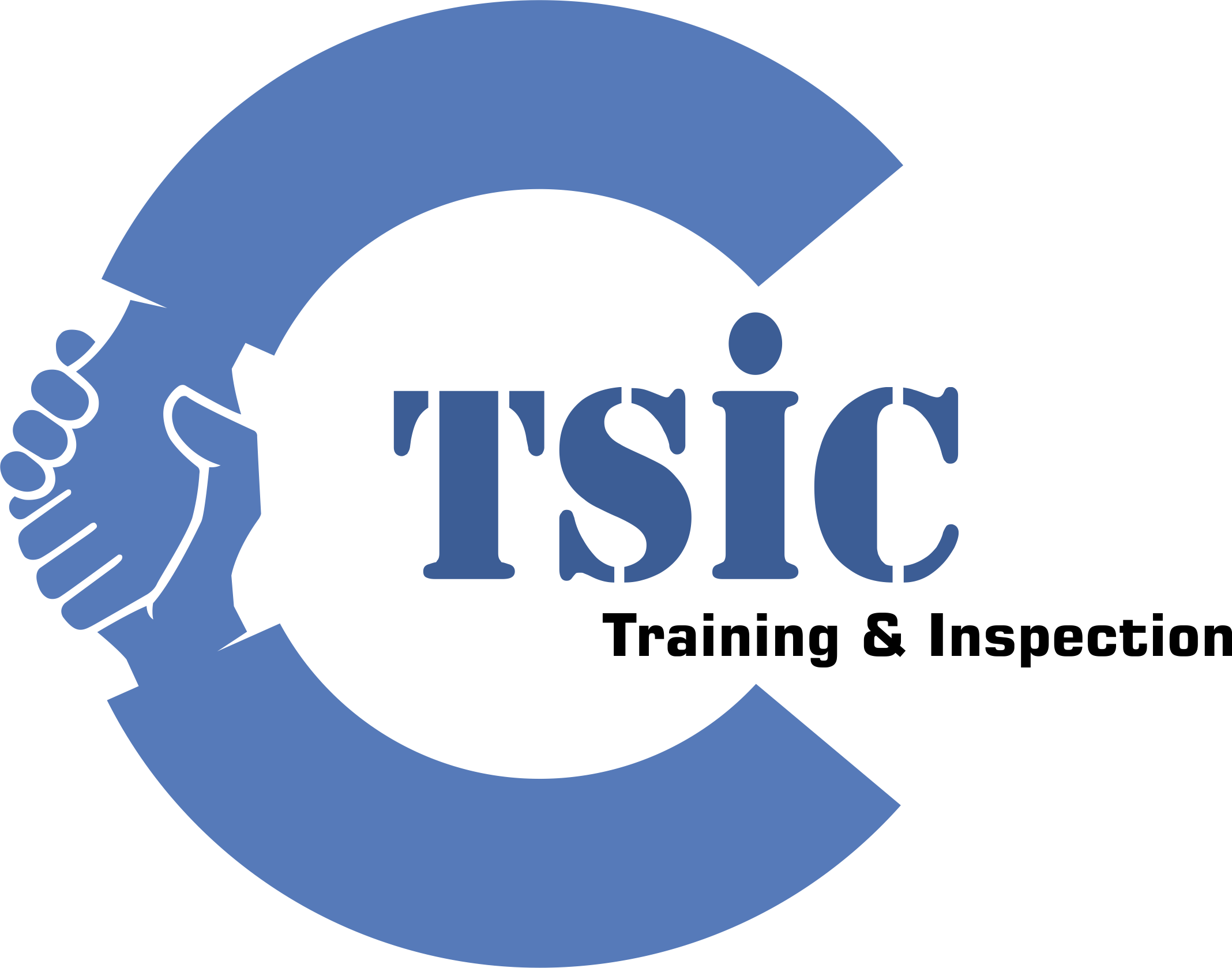Renewable energy sources have become increasingly important in the global effort to combat climate change and transition to a more sustainable future. As governments and industries around the world make commitments to reduce carbon emissions and increase the use of clean energy sources, the demand for skilled workers in the renewable energy sector continues to grow. In order to meet this demand and ensure the continued growth of the industry, innovation in workforce development is essential.
One of the key challenges in developing a skilled workforce for the renewable energy sector is the rapid pace of technological change. As new technologies are developed and existing technologies are improved, the skills required to design, install, and maintain renewable energy systems are constantly evolving. Traditional training programs may not always keep pace with these changes, leading to a skills gap within the industry.
In order to address this challenge, innovative approaches to workforce development are needed. One such approach is the use of virtual reality (VR) and augmented reality (AR) technologies to provide hands-on training in a safe and controlled environment. These technologies allow workers to practice their skills and troubleshoot problems in a realistic setting, without the need for costly equipment or putting themselves or others at risk.
Another innovative approach to workforce Voltprofit Max development is the use of gamification techniques to engage and motivate workers. By turning training programs into interactive games, employers can make learning fun and engaging, while also providing valuable feedback on performance. This can help to increase retention rates and improve the effectiveness of training programs.
In addition to technological innovations, there are also opportunities for innovation in the way that training programs are designed and delivered. For example, apprenticeship programs can provide hands-on experience and mentorship opportunities for aspiring renewable energy workers. By combining on-the-job training with classroom instruction, apprenticeships can help to bridge the gap between theory and practice, and provide a pathway to a successful career in the industry.
Collaboration between industry stakeholders, educational institutions, and government agencies is also key to fostering innovation in workforce development. By working together to identify and address the current and future needs of the industry, stakeholders can ensure that training programs are relevant, effective, and accessible to a diverse and inclusive workforce.
Overall, innovation in renewable energy workforce development is critical to the continued growth and success of the industry. By embracing new technologies, approaches, and collaborations, we can ensure that the workforce is equipped with the skills and knowledge needed to support the transition to a more sustainable energy future.
